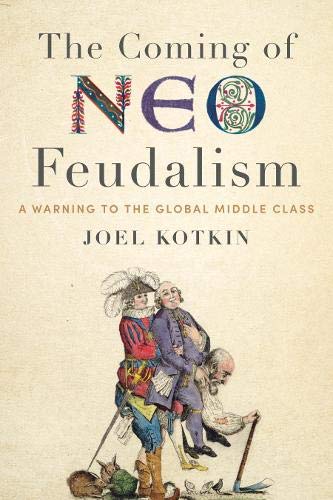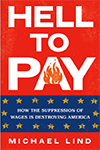The six transit legacy cities - mostly urban cores that grew largely before the advent of the automobile - increased their concentration of transit work trips to 57.9% of the national transit commuting, according to the 2018 American Community Survey. At the same time, working at home strengthened its position as the nation’s third leading mode of work access, with transit falling to fourth. The transit commuting market share dropped from 5.0% in 2017 to 4.9% in 2018. read more »
Transportation
Of Niche Markets and Broad Markets: Commuting in the US
- Login to post comments
2018 Commute Data
The Census Bureau released data from the 2018 American Community Survey last week, and the big news is its finding that income inequality has worsened. America's transit agencies contributed to that problem as they continue to build expensive transit systems into wealthy suburbs while they cut service to low-income neighborhoods. read more »
- Login to post comments
The EV Free Lunch Is Coming To An End
For years the EV’s owners have benefitted from Federal subsidies (financed by the working class) and have been exempt from the fuel taxes that pay for road and bridge maintenance as they use no “fuel” as it relates to powering a combustion engine.
Things are changing and rather quickly. With subsidies beginning to end, states are also hitting electric vehicle owners with high fees in an effort to put all vehicles equally accountable for financing repairs and maintenance of our highway infrastructure. read more »
- Login to post comments
New York City Firefighters Union Calls Out Vision Zero, Bike Lanes, and Road Diets
New York City firefighters union calls out Vision Zero, bike lanes, and road diets: “You’re basically eliminating the ability for emergency service vehicles to get around”
Will firefighters unions in other cities follow suit?
After four years of lane reductions, arterial bike lanes, road diets, and other so-called “traffic calming” measures on the streets of New York, the country’s largest firefighters union is saying enough. read more »
- Login to post comments
Average Chinese Car Travels as Much as American Car
China is now the largest automobile market in the world. In 2018, 23.7 million new light vehicles were sold in China, compared to the 17.3 million sold in the United States. During the Great Recession, China displaced the US, which had been the world’s leading car market since the invention of the automobile. read more »
- Login to post comments
Transport Costs & Subsidies by Mode
Supporters of increased subsidies to urban transit and intercity passenger trains often argue that all transportation is subsidized, so it’s only fair that transit and Amtrak should also be subsidized. While it’s true that most transportation is subsidized, it is worth looking at the extent of those subsidies to judge whether subsidies to some forms of transport should be increased or reduced. read more »
- Login to post comments
The Aging Car and Better Served Consumers
Americans are keeping their cars a lot longer than before --- an awful lot longer. The first Nationwide Transportation Survey, in 1977, indicated that the average age of household vehicles was 6.4 years, while the average pickup truck or van was 5.6 years (Figure 1). read more »
- Login to post comments
Transit Planners Want to Make Your Life Worse
In our system of government, the public sector is, well, supposed to serve the public. But increasingly the bureaucracies at the state and local level increasingly seek to tell the public how to live, even if the result is to make life worse.
This became glaringly obvious recently, when the CEO of the Los Angeles County Metropolitan Transportation Authority, Phil Washington, reeling from data showing a steady drop of transit riders, decided that the only solution was to make driving worse. read more »
- Login to post comments
If You Improve It, They Will Come
My latest piece is now online at City Journal. It’s a recap of the Indianapolis BRT and Columbus free downtown transit success, as well as a look at Kansas City’s contemplation of free transit citywide. Thanks to a commenter here who originally alerted me to KC’s plans. Here’s an excerpt: read more »
- Login to post comments
Screwy Transit Logic
Bus ridership in Los Angeles is plummeting, says the Wall Street Journal, but LA Metro CEO Phil Washington thinks he has the solution.
“It’s too easy to drive in this city,” says Washington. To get people back on the buses, the city needs to “actually making driving harder.” read more »
- Login to post comments





















